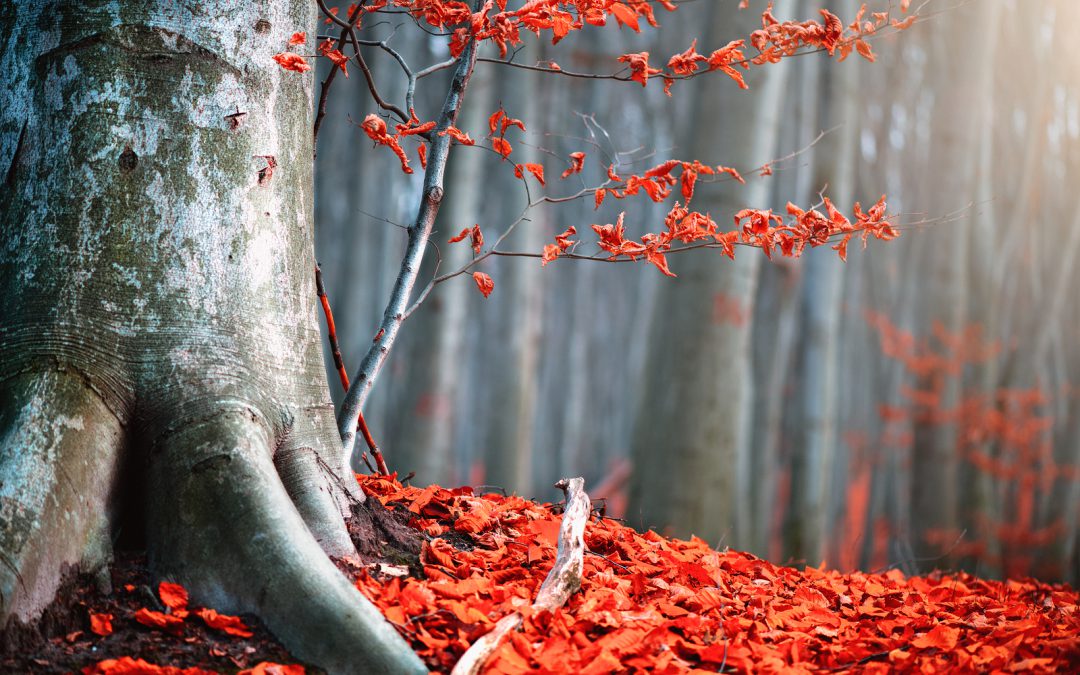While many people start planting in the Spring, it is not the only time of year to start your gardening. Planting in the Fall is a great time of year to get that garden in shape. During Autumn, cool temperatures generally prevail and the rainfall is consistent. In addition, the short and bright days help plants make a quick and easy transition to your yard. If you are in colder areas, the first part of Autumn is ideal for planting as the shrubs and plants grow strong roots before the freeze hits. For those in warmer zones, the entire Autumn season allows for suitable growth. Here are a few things to keep in mind:
Contents
Plant in Advance of Cold Weather
Most plants and shrubs need about 6 to 7 weeks to grow strong roots before a freeze sets in. With the variations in temperature these years this may be challenging but we suggest planning to have a freeze hit in early November so planting by mid-September is generally safe.
Don’t Rely on Rainfall
During Autumn, the rain is fairly steady in most areas. This allows for consistent watering of your new plants. However, do not rely on the rain. You will find times where the rainfall may not be enough so you should be aware of moments when you may need to provide supplemental watering.
Mulch is Your Friend
During the spring, mulch helps keep moisture in. In the Fall, mulch provides a blanket for your plants so it protects against colder temperatures. Both existing and new plants enjoy a layer of mulch for their health.
Growth is Limited
Fall plantings will not have the same level of growth as spring plants. This is not a bad thing. You are trying to establish strong roots. This will allow for a strong growth pattern once Spring rolls around.
What to Avoid
The following are some things to avoid:
- Do not plant evergreens. They usually have a hard time in the winter months. With the higher winds and colder temperatures, they often dry out and die.
- Limit growth of plants that struggle in the winter. When planting, research whether a plant has challenges with winter weather. You might know some of these through the existing landscaping, which comes out damaged after each winter. If so, we recommend against planting them.
All of these tips and tricks equally apply to new plants and those you are moving. You want your landscaping to have strong, established roots heading into winter so keep this in mind in your planting in the fall. If in doubt, contact our landscape design experts at Meadowbrook Design.

